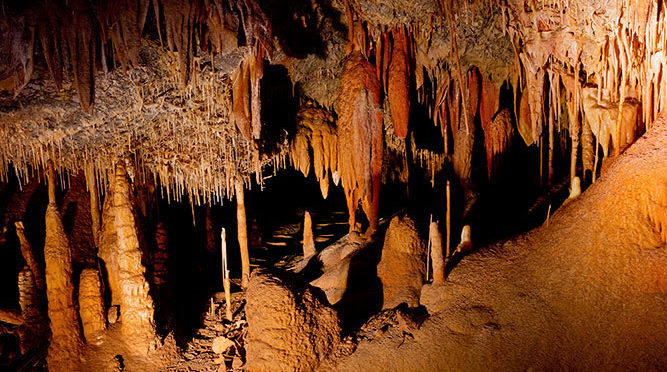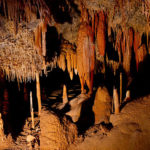
The World Health Organization has called antibiotic resistance “a global crisis we can’t ignore,” one that the Centers for Disease Control and Prevention estimate kills 23,000 people annually in the U.S. alone.
Now, honeybee research could offer clues as to how it spreads.
Read/listen to my full story at KJZZ’s Arizona Science Desk:
Honeybee Research Hints At How Microbes Spread Antibiotic Resistance




